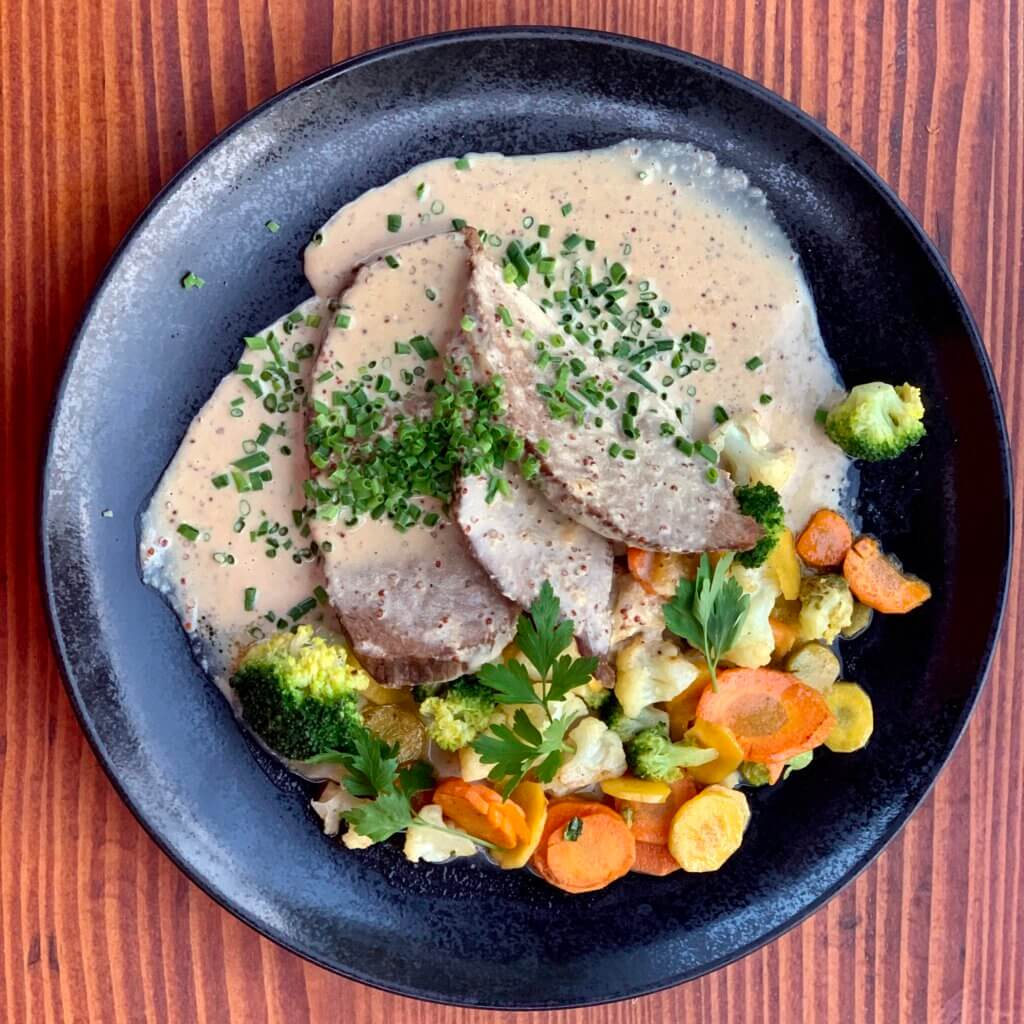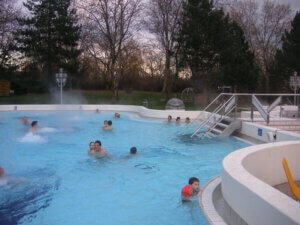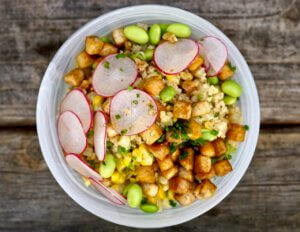What makes the Wiener Tafelspitz so special? Where did the cattle come from? Why was beef cheaper than pork in the past?
Vienna has always been a culinary hotspot , as the “Zuagrasten” (immigrants) from the crown lands predominated in the imperial city. They all brought their favorite dishes from home and Viennese cuisine took on the best of all. Perhaps it was the Italians – especially in the 16th century. exerted a great influence on Viennese cuisine – who inspired the Viennese Tafelspitz with their boiled meat. It is Beef of the best quality. Buttery soft, cooked in the soup mindful. Almost every connoisseur speaks of the crowning glory among meat dishes. Especially in Vienna beef has a long tradition, because it was consumed in all classes. The reasons for this were as follows: The cattle could be driven from the breeding areas of the former monarchy, such as Bukovina or the Marchfeld , to the slaughterhouses in Vienna . Short-legged animals, such as pigs or sheep could hardly be transported over longer distances, let alone driven. We are talking about a period that stretched from the 12th to the 19th century, when the railroad became established as a means of mass transportation for longer distances. When beef prices were set, for example around 1560, a pound of beef cost 6 kreuzer, while a bricklayer earned 12 kreuzer a day. But there were also exquisite cuts of beef, such as roast beef, sirloin or roast lung . Only wealthy citizens could afford this meat. As a rule, the rest of the meat of the cloven-hoofed animal was cooked and also the first course, the soup was made from it. The nutritional value of meat had an important meaning especially in times of need. This is why the fatty meat was sold at a higher price than the famous “Tafelspitz ” until the 1920s. One prerequisite for this development was and is the special skill of the Viennese butchers in trimming the meat cuts to make them most suitable for a particular type of preparation. Thus, Vienna has developed its own way of cutting, the “Viennese division”. This Viennese method is practiced today only in a few cases, it results compared to the four parts of the international method, five parts of the cattle. The shape of the Tafelspitz already describes its name. It is the tapered end of a muscle strand from the beef rump. Pork was rarely available until the early 1960s and was therefore more expensive than beef. Only the slow onset of semi-industrial production of pork in breeding farms caused the price to fall. This development caused the current meat prices. Pork is now cheaper than beef and veal. One of the most famous lovers of boiled beef was Emperor Franz Josef I. This dish had to be served to him more often. He delectated on it very much and appreciated the savory simplicity of the dish. Legend has it that Tafelspitz was invented at the Hotel Sacher . At court, the emperor was the first to be served and the first to finish, much to the chagrin of those who were still eating, for after the Strict court etiquette meant that no one was allowed to eat after the emperor had put down his cutlery. So all those who were fed at the court table had to go out to eat afterwards in order to get full. The legendary Anna Sacher had a dish prepared for the hungry that could simmer for hours and get even better, making it ready to serve at any time: Tafelspitz. Probably the oldest mention of the word “Tafelspitz” can be found in Babette Franner’s 1893 cookbook “Die exquisite Wiener Küche”. Anyone who could not speak knowledgeably about at least a dozen pieces of cooked beef,” wrote Joseph Wechsberg, the old Austrian among the great feuilletonists, “did not belong in Vienna, regardless of how much money he earned or whether the emperor had awarded him the title of Hofrat or Kommerzialrat. Time Travel Tip: The Viennese beef specialist is Gasthaus Plachutta in Wollzeile . Nowhere else is boiled beef celebrated and served as much as at Plachutta. Be sure to reserve! Image source: https://commons.wikimedia.org/wiki/File:Tafelspitz_in_Meerrettichsauce.jpg?uselang=de





